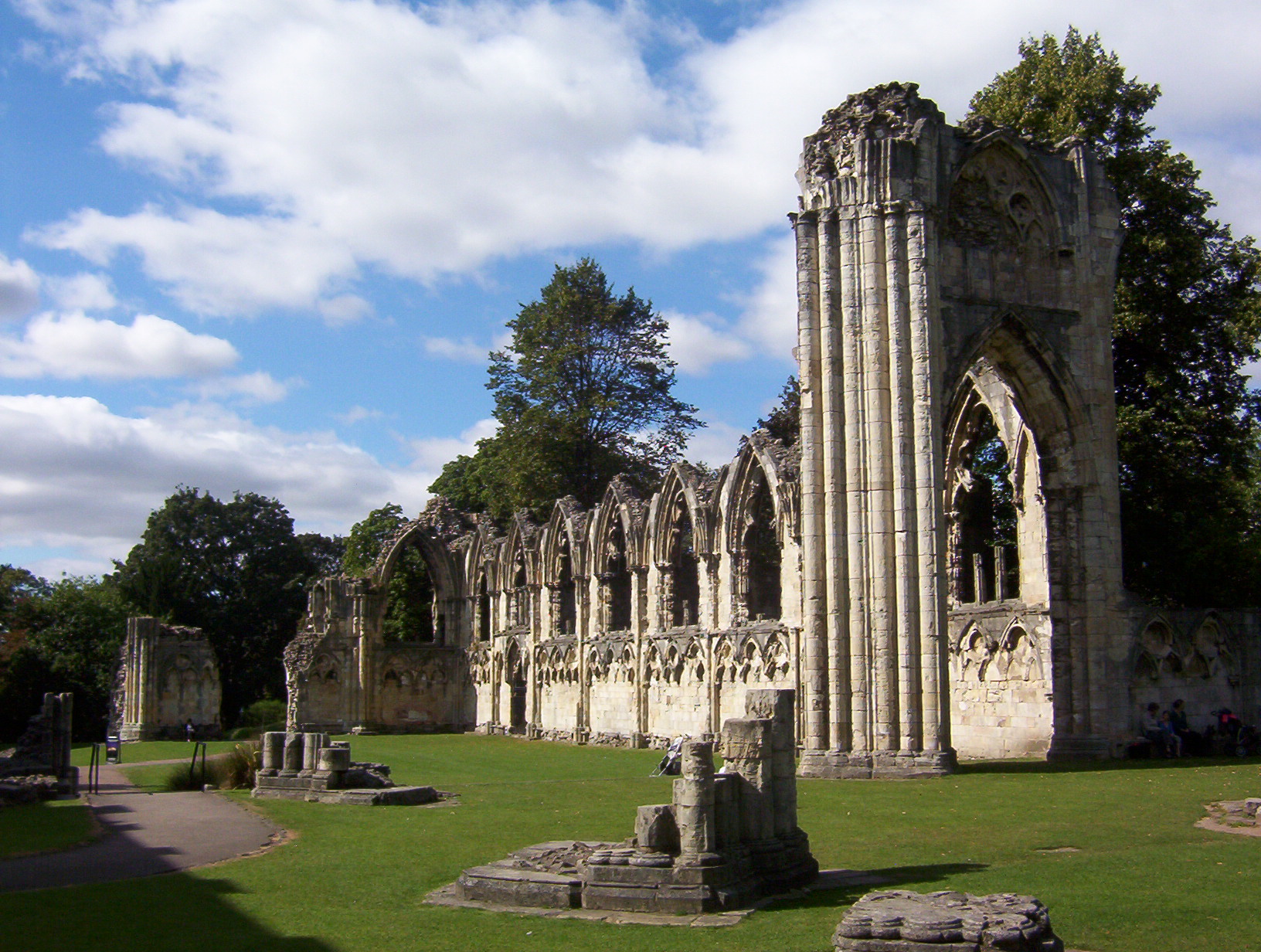A singer within the St. John’s Baptistery, in Piazza dei Miracoli (Pisa, Italy), uses the acoustic qualities of the architecture to turn a mono-melody into harmony.
The reverberation time of the Baptistery can reach up to 15 seconds, offering a vast space of time to handle sustained notes, so a single singer can create harmony superimposing new notes on the reverberation of the previous ones.
A composition written for the Baptistery in Pisa is Ian Costabile’s Earth and Sky Voices (here on You Tube). There is also an electroacoustic composition: SiderisVox by Leonardo Tarabella performend here on 2006. You can find some notes here. Unfortunately I could not find an audio extract.
Some details about the video: the tourist speaking thinks that singer has come by chance, but he does not know that acoustics demonstrations are very frequent. He also speak about “echo”, but of course the correct name of the sound effect is reverberation.
Links to other post about this topic are below the video.

